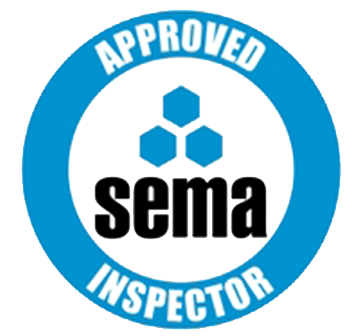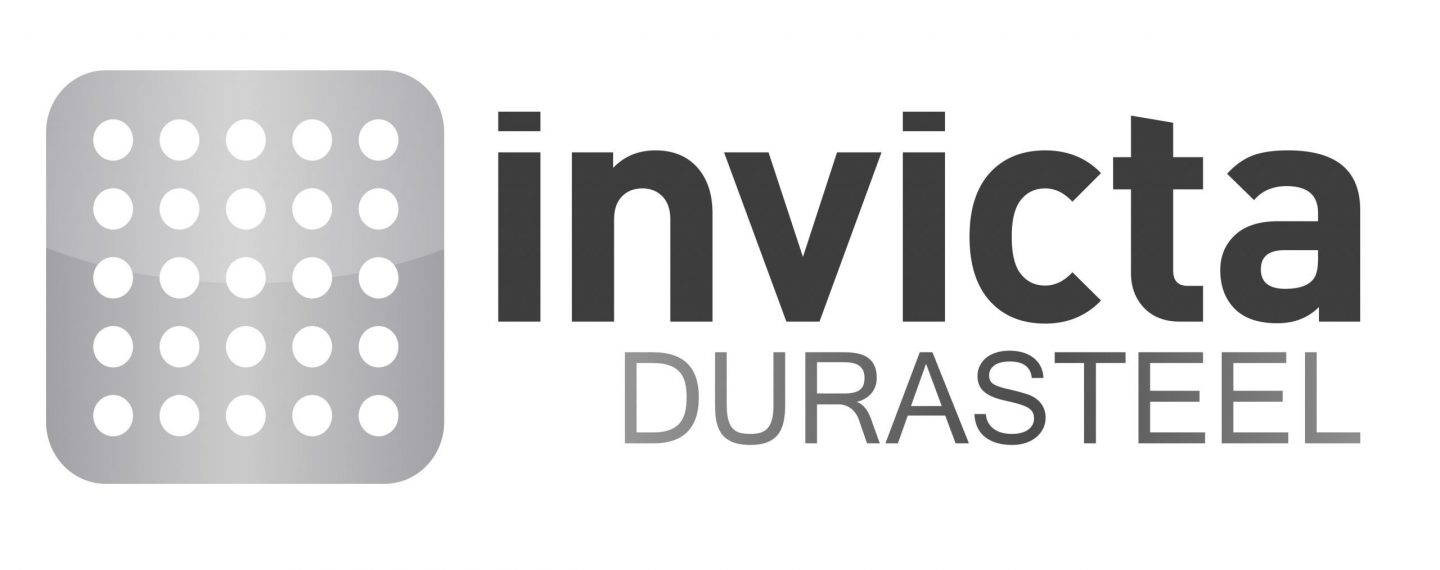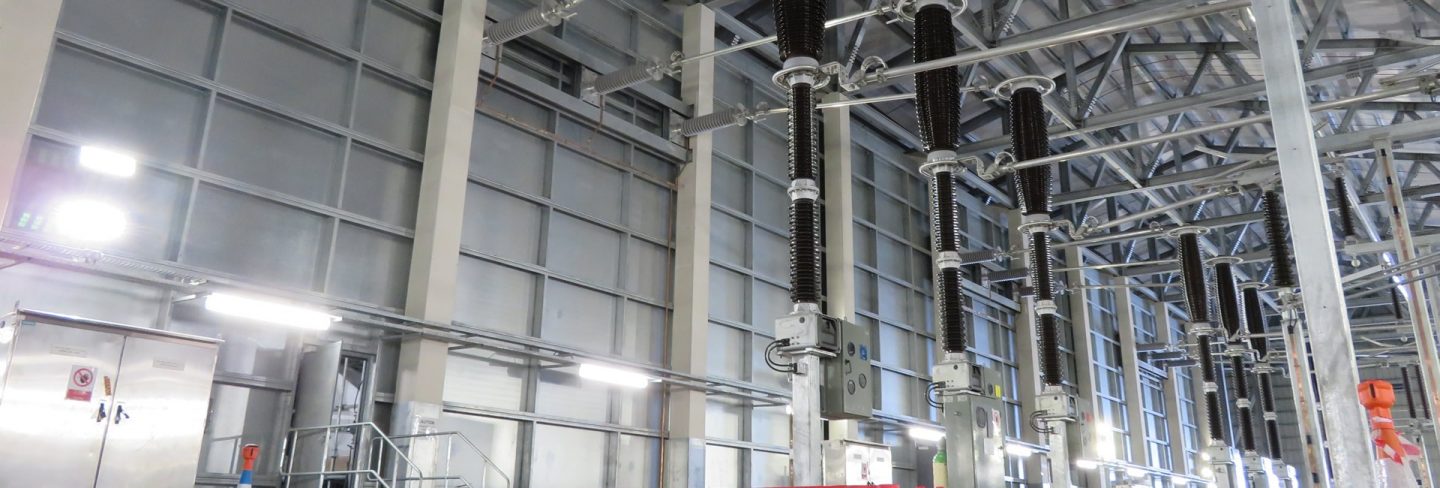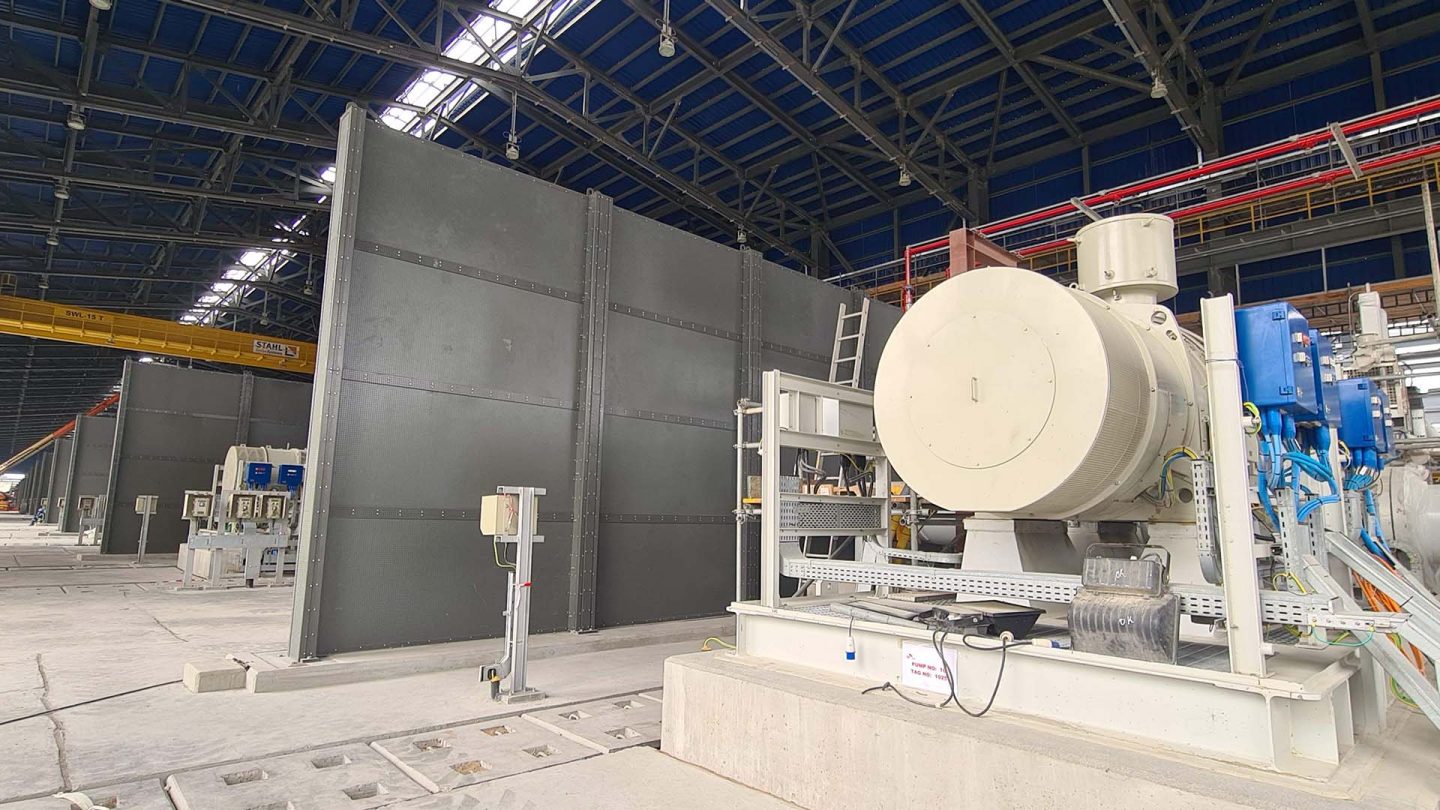For your information
You are being redirected to one of our divisional subsites which contains more detailed information on the required division. To navigate back to the main Invicta Group site, please click the link found in the footer at the bottom of the page.
- Durasteel
Discover the benefits of Durasteel
- Systems
Systems
- Expertise
Expertise
-
Applications
- Aircraft Hangar Fire Protection
- Battery Storage Facilities
- Building Fire Compartmentation
- Anti-Terrorist Blast Protection
- Cable Tunnel Fire Compartmentation
- Equipment Delivery Hatches
- Equipment Enclosures
- Heat Shields
- Power Station Fire Protection
- Metro and Rail Fire Protection
- High Voltage Cable Protection
- Substation Fire & Blast Protection
- Tunnel Fire Protection
- Oil & Gas Fire & Blast Protection
- Ventilation Systems
- Wind Farm Fire Protection
-
Applications
- Projects
- Insights
Insights
-
Articles
- The benefits of passive fire protection for businesses
- What BS 9991 changes mean for building fire safety
- Does the rise in electric vehicle fires pose a risk to buildings?
- What Boeing’s downfall says about safety culture
- Does AI pose a threat to fire safety?
- What we can learn from the Grenfell report
- Frequently Asked Questions
- A to Z of Terms
-
Articles
- Contact
Contact

UK +44 1843 220 256

US +1 305 328 9444

UAE +971 4 277 6225

Qatar +974 4441 4340

India +91 79945 14049

Malaysia +60 16 286 6225
- Start your project
Integrity, Stability and Insulation in Passive Fire Protection
19th September 2019
Quick Quote
Contact Fraser Shearer Sarun Vysakham Ben Tan Anand Raghavan Anand Raghavan Our USA Office
To get a quotation or arrange a free site survey - Call Fraser Shearer Sarun Vysakham Ben Tan Anand Raghavan Anand Raghavan Our USA Office on
-
 UK
UK
-
 UAE
UAE
-
 Malaysia
Malaysia
-
 India
India
-
 Qatar
Qatar
-
 USA
USA
Current location:
Quick Quote
Contact Fraser Shearer Sarun Vysakham Ben Tan Anand Raghavan Anand Raghavan Our USA Office
-
 UK
UK
-
 UAE
UAE
-
 Malaysia
Malaysia
-
 India
India
-
 Qatar
Qatar
-
 USA
USA
Current location:
Fire resistance is not a property of an individual material, but the measure of the performance of a complete system or construction when exposed to standard heating conditions. When evaluating and selecting a passive fire protection system, there are three essential performance criteria that are tested for against standard Cellulosic building fires as defined in BS 476: Parts 20 to 24 (or equivalent, such as ISO 834), and which should be carefully considered in order to make a compliant selection – stability, integrity and insulation.
Stability (R)
Stability refers to an element or system’s capacity to resist collapse due to loss of structural strength caused by exposure to fire, or more specifically, the heat generated by a fire. The element should remain structurally stable for the denoted duration.
Failure is deemed to have occurred if the element collapses in such a manner that it no longer fulfils its intended function, or loses its load-bearing capacity during the denoted duration. For example, “R120” denotes that the system will not collapse and will remain stable for 120 minutes when exposed to a fully developed fire.
For an element to achieve an integrity rating, stability is assumed as a mandatory base factor – if a system loses its stability and collapses, it automatically loses its integrity performance ability. Therefore, the stability rating is often not explicitly denoted, as it is assumed to be at least equal to the integrity rating. For example, “E120” explicitly denotes that the system will achieve 120 minutes’ integrity, and therefore also achieves 120 minutes’ stability.
Integrity (E)
Integrity refers to an element or system’s ability to stop the flames or hot gases of a fire from physically passing from one side of the element (the fire side) to the other side (the non-fire side) through holes, gaps, cracks or any other types of openings. The element should stop flames and hot gases from passing through the element for the denoted duration.
Failure is deemed to have occurred if flames or hot gases physically pass from one side of the element to the other side during the denoted duration. For example, “E120” denotes that the system will not allow flames and hot gases from physically passing through the element for 120 minutes.
Insulation (I)
Insulation refers to an element or system’s ability to limit the surface temperature rise on the non-fire side of the element to 140°C as an average, or 180°C as a hot-spot maximum, for the denoted duration during which the fire side is exposed to a fully developed fire. The temperature readings are taken using Thermocouples attached to various locations on the element’s surface.
Failure is deemed to have occurred if either the average or the maximum temperature is exceeded during the denoted duration. For example, “I120” denotes that the surface temperature on the non-fire side of the element will not exceed 140°C as an average, or 180°C as a hot-spot maximum, for 120 minutes when the fire side is exposed to a fully developed fire.
Hydrocarbon (H)
Passive fire protection systems located in areas where the fire source risk is of a Hydrocarbon nature should consider a Hydrocarbon fire curve, which reaches more than 1000°C within a few minutes and a maximum temperature of 1100°C – this is denoted using the “H” short reference, followed by a number. Hydrocarbon ratings are always deemed to provide 120 minutes of integrity and stability, with the number representing the duration in minutes of insulation provided. For example, “H0” denotes that the system will provide 120 minutes of integrity and stability and no insulation against a hydrocarbon fire, whereas “H60” provides 120 minutes of integrity and stability with 60 minutes of insulation in addition.
Jet Fire (J)
The Jet Fire curve is an extension of the Hydrocarbon fire curve that considers a constant discharge of hydrocarbon material under pressure that may cause significant erosion to a passive fire protection system. Because of this, the Jet Fire curve considers an even higher maximum temperature of 1300°C, although the gradient and time to reach this temperature follows the same trend as the regular Hydrocarbon fire curve. Systems tested to Jet Fire standards are denoted using the “J” short reference, followed by a number. Jet Fire ratings are always deemed to provide 60 minutes of integrity and stability, with the number representing the number of minutes of insulation provided. For example, “J0” denotes that the system will provide 60 minutes of integrity and stability and no insulation against a jet fire, whereas “J60” provides 60 minutes of integrity, stability and insulation.
Summary
The above short references of “R”, “E” and “I” – followed by a number to represent the duration in minutes – are commonly used within the fire protection industry when referring to BS 476 criteria.
These can be shortened further by combining the “E” and “I” where both ratings are equal – for example, “EI120” is used to denote that the system is both integrity and insulation rated for 120 minutes (and hence automatically deemed stability rated for an equal duration), rather than writing “R120 E120 I120”.
The short references “H” and “J” are used to refer to systems that are tested against Hydrocarbon and Jet Fire curves respectively, both of which feature much steeper gradient temperate increases than standard Cellulosic building fires.
| Short Denotation | Fire Type | Integrity (E) (mins) | Insulation (I) (mins) | Stability (R) (mins) |
| E240 | Cellulosic (BS 476 / ISO 834) | 240 | 0 | 240 |
| EI60 | Cellulosic (BS 476 / ISO 834) | 60 | 60 | 60 |
| EI120 | Cellulosic (BS 476 / ISO 834) | 120 | 120 | 120 |
| EI240 | Cellulosic (BS 476 / ISO 834) | 240 | 240 | 240 |
| H0 | Hydrocarbon (H) | 120 | 0 | 120 |
| H60 | Hydrocarbon (H) | 120 | 60 | 120 |
| H120 | Hydrocarbon (H) | 120 | 120 | 120 |
| J0 | Jet Fire (J) | 60 | 0 | 60 |
| J30 | Jet Fire (J) | 60 | 30 | 60 |
| J60 | Jet Fire (J) | 60 | 60 | 60 |
| J120 | Jet Fire (J) | 120 | 120 | 120 |
Accreditations & Affiliations











SpecUp - System Specification Wizard
Answer the 5 short questions below to receive your recommended Durasteel system specifications. Hover over the ? icons for a brief explanation.
Question 1/5
Type of system required?
Question 2/5
Fire rating required?
Question 3/5
Fire integrity-only or integrity and insulation?
Question 4/5
Fire attack risk from one side or both sides of the system?
Question 5/5
Blast rating required in addition to fire rating?
Creating your results page
Thanks for completing the SpecUp, you’ll be redirected to your results shortly.
Click here if you aren't redirected after a few secondsStart your project
Tell us about your project. Please complete this form. One of our sales team will come back to you with more details. If you prefer, you can drop us an email.




Share/Like this page